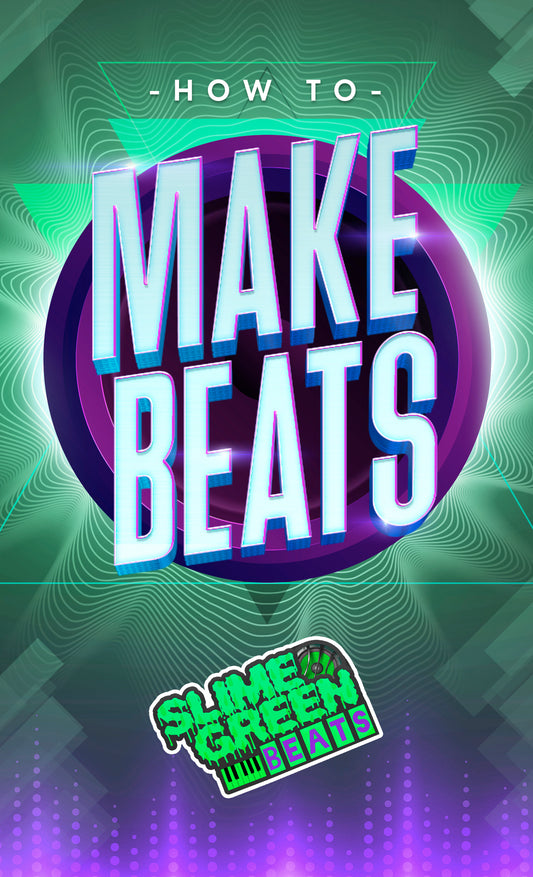Today, we’re diving into a simple guide on how to set up the Novation Launchpad with FL Studio 20. This setup is perfect for beginners who want to get started with music production using this powerful MIDI controller. Let’s break it down step by step.
Key Takeaways
- Ensure the Launchpad is enabled in MIDI settings.
- Use the session button to activate sound.
- Familiarize yourself with the layout for effective beat making.
Getting Started with FL Studio 20
To kick things off, you’ll need to open FL Studio 20. Once you have it open, follow these steps:
- Go to the Options menu.
- Click on MIDI Settings.
In the MIDI settings, you should see the Launchpad MK2 listed under the input section. Make sure it’s enabled. If you disable it, the lights on the Launchpad will turn off. When you enable it, all the lights should light up, indicating that it’s ready to go.
Troubleshooting Light Issues
Sometimes, you might notice that the entire top row of lights lights up unexpectedly. If this happens:
- Unplug the Launchpad.
- Plug it back in.
This should reset it and get everything working properly.
Activating Sound
After ensuring the Launchpad is enabled, you might notice that pressing the buttons doesn’t produce any sound. Here’s how to fix that:
- Press the Session button on the Launchpad. You should see one light pop up.
- Next, hit Send to A. This action will activate the pads, allowing you to hear sounds when you press them.
Exploring the Layout
Once you have sound activated, you can start exploring the layout. Press the right arrow from the session button, and you’ll see a keyboard layout appear. Each solid green line represents a drop in octave, which is useful for piano sounds.
For beat making, you’ll want to focus on the pads that correspond to your kick and other drum sounds. Here’s a quick guide on how to set up a basic kick:
- Select a kick sound.
- Set it to cut itself to avoid overlapping sounds.
Now you can start playing beats easily!
Conclusion
Setting up the Novation Launchpad in FL Studio 20 is straightforward once you know the steps. With just a few clicks, you can have your MIDI controller ready for music production. Don’t hesitate to experiment with different sounds and layouts to find what works best for you. Happy music making!








